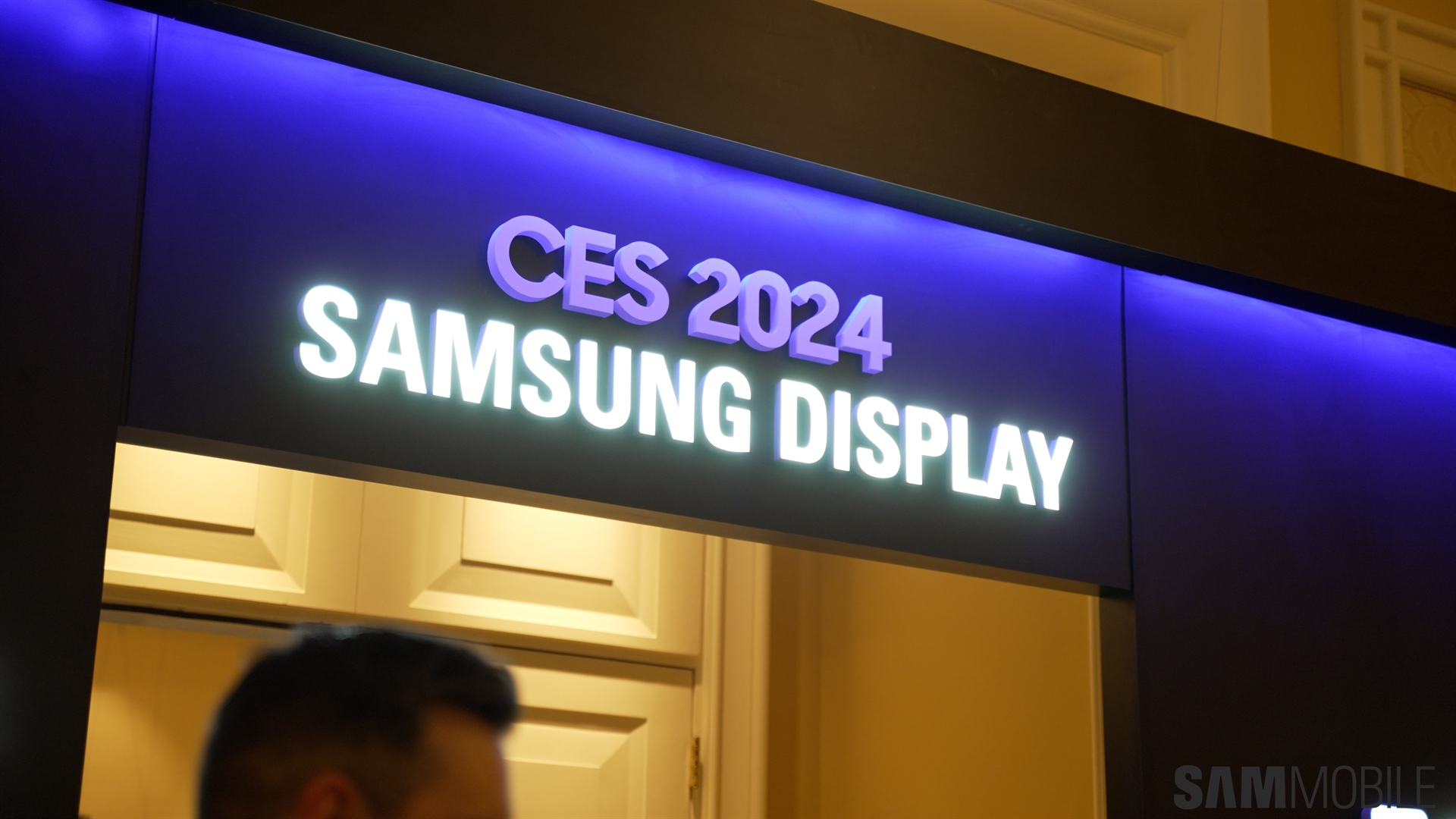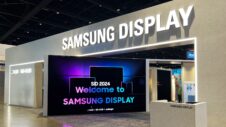Samsung Display has long been the leading supplier of mobile OLED panels across the globe. It had managed to build a healthy lead based on its technological advancement, production capabilities, and pricing powers. However, all that has been under threat for a few years from Chinese display manufacturers, most notably BOE.
BOE has been gradually chipping away at Samsung Display's lead in the global AMOLED market. To prevent further erosion of its market share, Samsung Display has reportedly moved more workers over to the mobile OLED team.
Samsung is trying hard to not lose its lead to China's BOE
Stats from market research firm Omdia show that Samsung accounted for 43% of the global small display market last year, down from 56% in 2022. On the other hand, BOE increased its share from 12% in 2022 to 15% in 2023.
There's concern in South Korea that the country may lose its OLED dominance to China much in the same way that it lost LCD dominance to the country. As demand for new small OLED increaes due to a wider variety of products that include headsets and extended reality devices, Samsung is shifting nearly 500 engineers, almost 30% of its large OLED panel team, to work on production development for small and medium-sized OLED panels.
Chinese display manufacturers are expected to further close the gap with Samsung in the coming years due to the large domestic demand for smartphones. It won't be long before they match the Korean technological advantage as well. Samsung Display President & CEO Choi Joo Sun has himself said that Korean OLED technology is only ahead of Chinese technology “only by one or one and a half years.”
Samsung has been making significant investments to preserve its market share. It announced a $3 billion investment in April last year for making 10 million OLED panels. It's also building an 8.6 generation OLED panel production line. BOE is also investing close to $9 billion to develop a similar 8.6 generation OLED production line in Chengdu, China.







